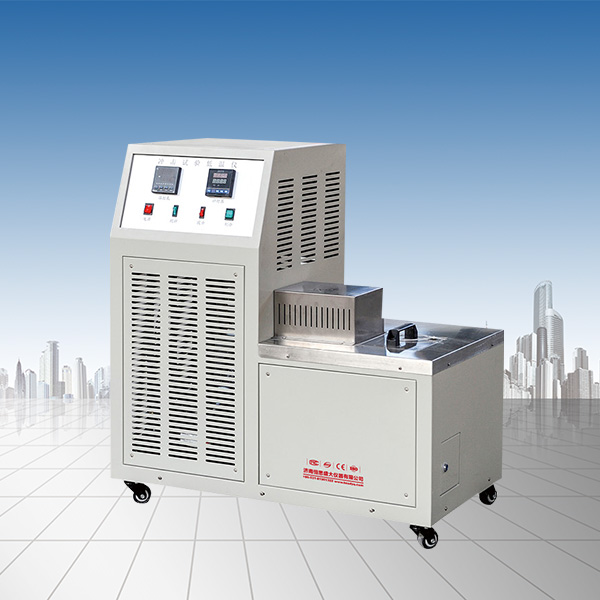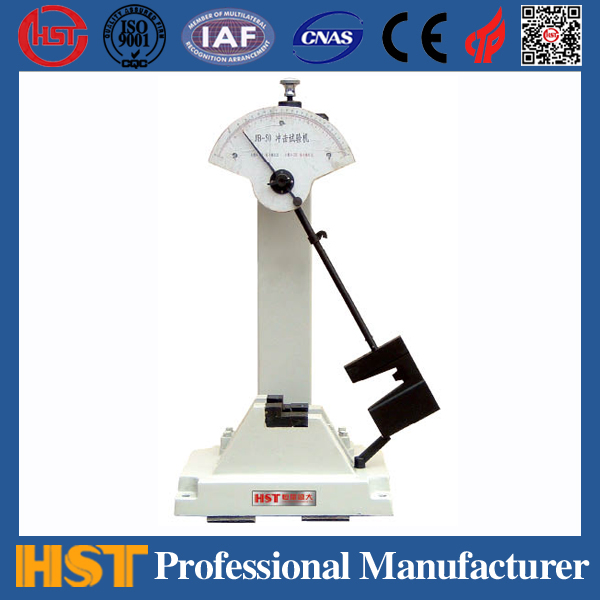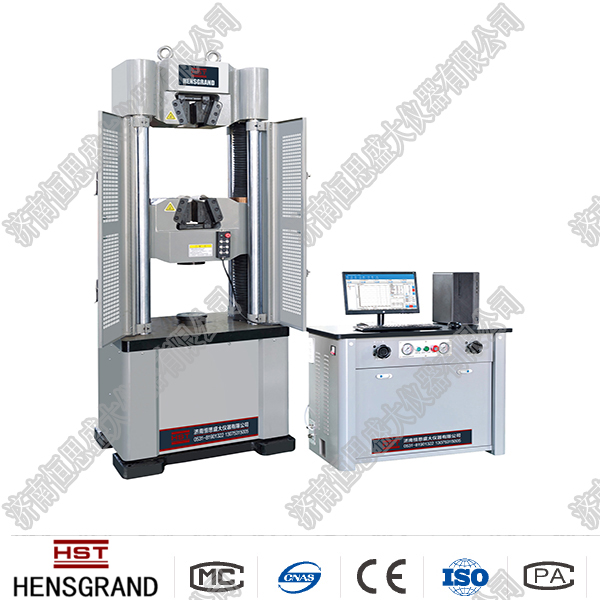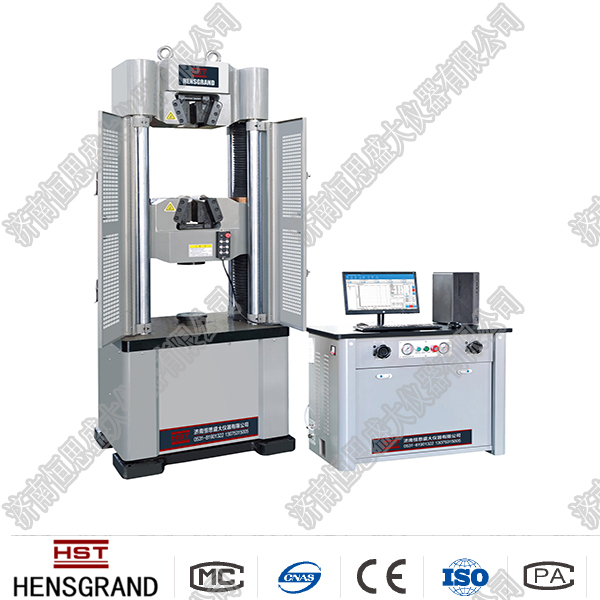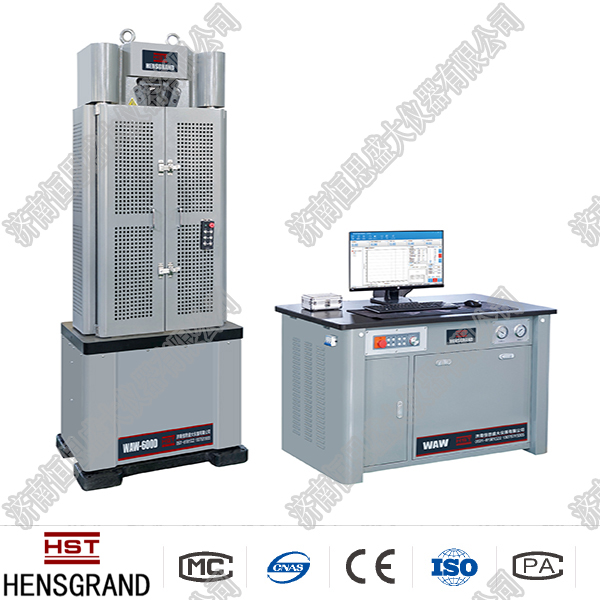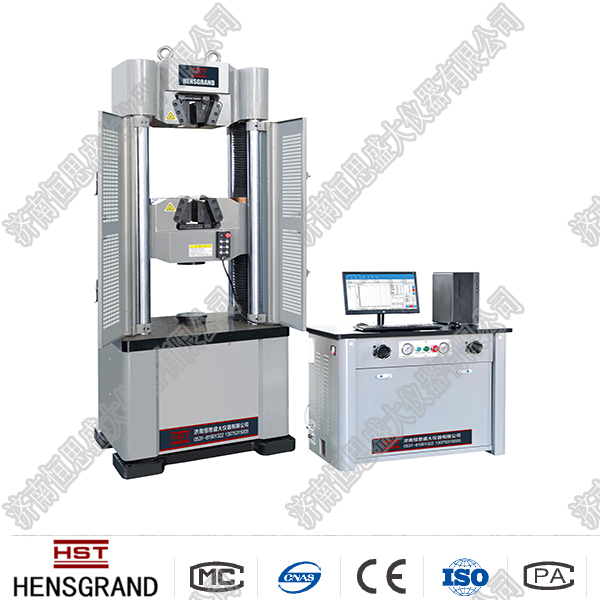Industry Information
Material mechanical properties and test methods of universal material testing machine
Release time:2018-11-23 source:Jinan Hengsi Shanda Instrument Co., Ltd. Browse:
The mechanical properties of materials refer to the mechanical characteristics that materials exhibit when they bear various external loads under different environments. Tests for determining the characteristics of materials when they are subjected to stress under certain environmental conditions are also called materials mechanical properties tests. The test content mainly measures the strength, hardness, rigidity, plasticity and toughness of the material. Mechanical tests include: natural exposure test and manual simulation test, which are usually used inUniversal Material Testing Machineand wait for instruments and equipment to carry out.
Commonly used test methods in the laboratory are as follows:
For a wide range of test methods, mechanical motion testing is specified. Mechanical performance tests can be divided into two categories: static tests and dynamic tests. Static tests include tensile tests, compression tests, bending tests, shear tests, torsion tests, hardness tests, creep tests, high-temperature long-lasting strength tests, stress relaxation tests, fracture toughness tests, etc.; dynamic tests include impact tests, fatigue tests, etc. Mechanical performance tests are carried out on a universal material testing machine produced for different materials.
Testing machineAccording to the transmission method, it can be divided into mechanical and hydraulic types, and can be manually operated or automatically operated. Some universal material testing machines (such as Yihuan Instruments) also come with computer devices and are equipped with special testing software. They automatically perform test operations and controls according to the compiled program, and display the results with images and numbers. Improve the accuracy and accuracy of the test, and it is more convenient to use and is easy to operate by the experimenter.
A mechanical motion close to the actual environment is specified to simulate, and a mechanical motion is specified according to the equivalent principle of damage or failure of the test product. The characteristic of using a method of specifying a mechanical movement for the test is that when the tolerance requirements of each motion characteristic parameter are met, the test has high reproducibility. A test machine is specified, which is a test method derived from the equivalent principle of destruction or failure of the test sample.
The characteristic of the test method of the specified test machine is that the motion characteristic parameters need not be measured during the test, but in some cases the reproducibility is poor. A structural response spectrum is specified, mainly used in impact tests.
The mechanical environmental tests specified in domestic and foreign mechanical environmental test methods standards are common: sinusoidal vibration test; random vibration test; impact test; collision test; centrifugal constant acceleration test; sway test; tilt and overturn test; bouncing test; impact test; free fall test, etc. Universal material testing machines that test yield strength are generally tested according to specific usage standards. This is stipulated in relevant industry standards or domestic and foreign standards.
Recommended productsPRODUCTS


















